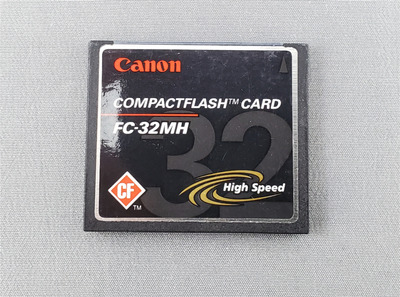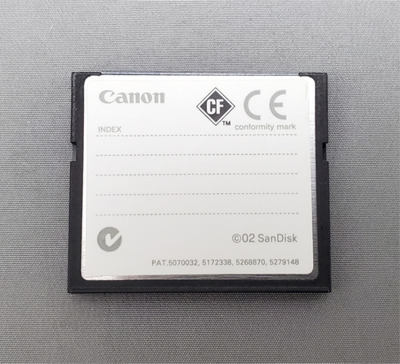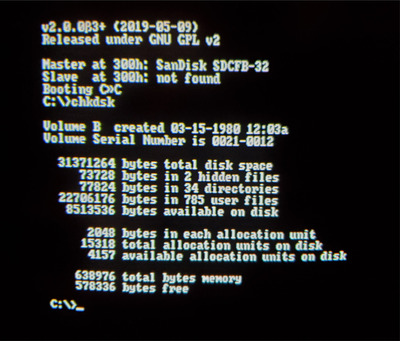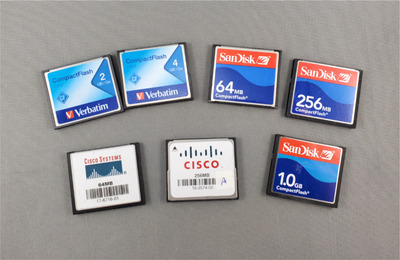Reply 20 of 61, by LSS10999
wrote:I wonder if the lot of cards you purchased might be hacked or fakes. What I mean by "hacked" is that some sleazebags will reprogram CF/SD/etc cards to report more capacity than they actually have, and then resell them as larger drives. Eventually they corrupt themselves because they're trying to put 10lbs of storage addresses in a 5lb bag.
Hacked flash devices exist and I once read complaints about such. That's why it's advised to purchase flash devices from authentic sellers. But I don't really think there are *that* many. Most likely some IDE functions not useful for their intended scope of usage (such as cameras), but useful when using it as hard drive (one unfortunate example that I have found, would be the ability to correctly report their size in BIOS), were not properly implemented in commercial-grade, "removable" CF cards to keep their price low.
Recent SanDisk CF cards were notorious in this matter, that's why I advised to avoid those. I've a couple of those cards and none worked right. Such card would work just fine in a USB card reader, but when using it as an IDE hard drive, the BIOS hardly ever see them in the correct size, or behave properly. One 64GB SanDisk card of mine even gone crazier: Windows sees only 32GB. Linux can see the entire 64GB. If formatted under Windows (as 32GB), it appeared just fine under Linux, with the remaining 32GB unallocated. But if I touched the partition table under Linux (like resizing or creating new partitions), Windows would no longer recognize the disk and instead, it presents itself as having a 32GB "unformatted" partition, and there's nothing to stop you from formatting it by accident.
wrote:However, I'm really thinking of SSDs here. I don't know how dumb CF cards are. If they have a more fixed mapping between LBA -> physical Flash, and can't map the locations with as much flexibility as I'm assuming, then maybe they don't respond as well to this.
How wear leveling and TRIM functionalities are implemented depends on the manufacturer. Some implement those features better than others. I think industrial-grade CF cards are probably better in those aspects, as the manufacturers probably would have those functionalities properly implemented for use with industrial embedded systems, that they can be classified as SSDs using CF as the form factor.




